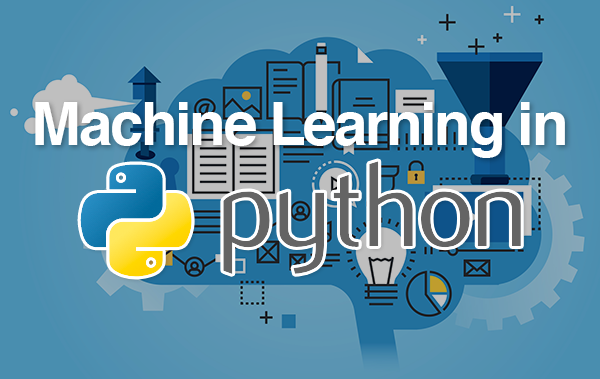Boosting ensembles with depth parameter tuning using yeast dataset in Python

Boosting ensemble classifiers are a powerful method for improving the performance of a model in classification tasks. These classifiers are a combination of multiple weak models that work together to make a more accurate prediction. One important aspect of boosting ensemble classifiers is the depth parameter, which controls the complexity of the decision tree models that make up the ensemble.
In this essay, we will discuss how to tune the depth parameter in boosting ensemble classifiers using the yeast dataset from the Penn Machine Learning Benchmarks library. The yeast dataset is a multiclass classification dataset with 14 classes and 103 features.
The first step in tuning the depth parameter is to choose the appropriate boosting ensemble classifier. Some popular boosting ensemble classifiers include Gradient Boosting Classifier, XGBoost Classifier, CatBoost Classifier, and LightGBM Classifier. Each of these classifiers has its own set of strengths and weaknesses, so it’s important to choose the classifiers that are most appropriate for your specific problem.
Once you have chosen the classifiers, you will need to train and evaluate them on the dataset while varying the depth parameter. This can be done by splitting the dataset into training and testing sets, training the classifiers on the training set with different depth values, and evaluating the performance of the classifiers on the testing set. A common metric used to evaluate the performance of a classifier is accuracy, which is the proportion of correctly classified samples.
After the classifiers have been trained and evaluated, you can compare their performance to see which depth value results in the best performance. One way to do this is to use a line chart to visually compare the accuracy of each classifier for different depth values. Another way is to use statistical tests such as a t-test to see if there is a statistically significant difference between the performance of the classifiers for different depth values.
It’s important to note that tuning the depth parameter is not a one-time task. The performance of a classifier can change depending on the dataset, so it’s a good idea to evaluate the classifiers on multiple datasets and to use cross-validation to evaluate the model’s performance.
Another important aspect to consider when tuning the depth parameter is the impact it has on the computational cost of the model. As the depth parameter increases, the complexity of the decision tree models increases, which in turn increases the computational cost of the model. It’s important to find a balance between accuracy and computational cost to ensure the model is practical and efficient.
In conclusion, tuning the depth parameter in boosting ensemble classifiers is a powerful way to improve the performance of a model. By choosing the appropriate classifiers, training and evaluating them, comparing their performance and ensuring they handle the multiclass nature of the task, we can find the best depth value for our specific problem and dataset. Additionally, by testing the performance of classifiers on multiple datasets and using cross-validation, we can ensure that the classifier’s performance is robust and generalizable to unseen data. Additionally, by considering the computational cost, we can ensure that the model is both accurate and efficient, making it a practical solution for real-world problems.
In this Applied Machine Learning & Data Science Recipe (Jupyter Notebook), the reader will find the practical use of applied machine learning and data science in Python programming: How to compare boosting ensemble Classifiers in Multiclass Classification.
Disclaimer: The information and code presented within this recipe/tutorial is only for educational and coaching purposes for beginners and developers. Anyone can practice and apply the recipe/tutorial presented here, but the reader is taking full responsibility for his/her actions. The author (content curator) of this recipe (code / program) has made every effort to ensure the accuracy of the information was correct at time of publication. The author (content curator) does not assume and hereby disclaims any liability to any party for any loss, damage, or disruption caused by errors or omissions, whether such errors or omissions result from accident, negligence, or any other cause. The information presented here could also be found in public knowledge domains.
Learn by Coding: v-Tutorials on Applied Machine Learning and Data Science for Beginners
Latest end-to-end Learn by Coding Projects (Jupyter Notebooks) in Python and R:
Applied Statistics with R for Beginners and Business Professionals
Data Science and Machine Learning Projects in Python: Tabular Data Analytics
Data Science and Machine Learning Projects in R: Tabular Data Analytics
Python Machine Learning & Data Science Recipes: Learn by Coding
How to apply sklearn Bagging Classifier to yeast dataset – multiclass classification
Image classification using Xgboost: An example in Python using CIFAR10 Dataset